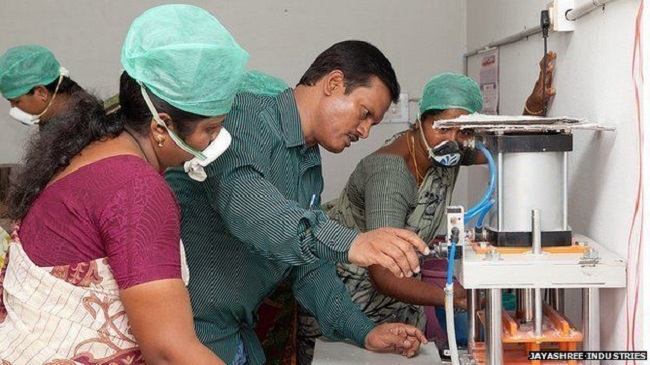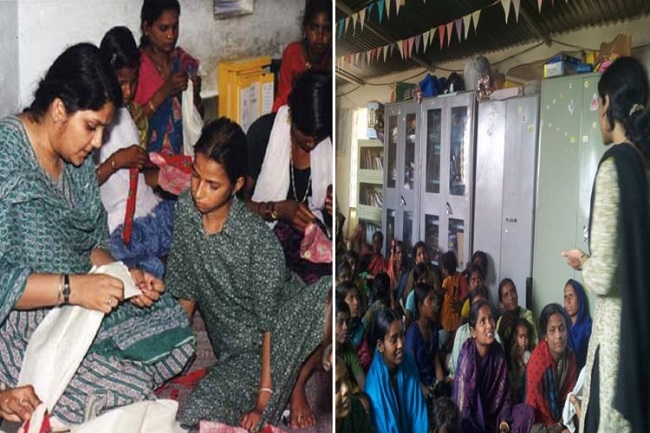Even in today’s world of the 21st century, there are several places where women do not have recourse to proper health and hygiene. In countries where rural poverty is a huge issue and malnourishment is killing thousands, young girls reaching puberty can hardly get the privilege of modern sanitary products, a basic standard item in the west.
1The story of a man who raised an issue concerning menstruation poverty
Advertisement
Fortunately, there are men too involved in heroic efforts that can make a change in this scenario. Men like an Indian entrepreneur Arunachalam Muruganantham who invented the machine that can produce low-cost sanitary napkins in hopes that the device could be made available in 70 developing countries. Today a Bollywood movie has been made based on his efforts to address menstruation poverty in India and scheduled for release tomorrow the 9th Feb. This is the original PAD MAN.

Image Source: kalamfanclub.com
2An incredible invention that won him international recognition
Advertisement
Arunachalam Muruganantham was awarded the Padma Shri, India’s fourth highest civilian award in 2016 for his incredible machine that produced low-cost sanitary napkins. Today his invention is being used in 29 states of India and plans are on to make the same available in 106 nations. Once the news of his invention was highlighted in the media, TIME magazine even placed him on the list of 100 most influential people in the world.

Image Source: aleteia.org
3Menstruation is still a taboo subject in rural India
Advertisement
Throughout rural India, menstruation is somewhat a taboo subject. In many parts of the country, a girl’s life will shut down for a week during which she cannot even partake in family prayers. Family activities are also restricted such as cooking and coming into contact with water supplies.
Coupled with the high cost of sanitary napkins which the Indian government considers a luxury item that invites a 12% tax, this makes a common item of female hygiene out of reach. Unhygienic alternatives such as old clothes made into rags are used. As astonishing as it may sound it isn’t uncommon for some to use newspapers and even leaves.

Image Source: thelogicalindian.com